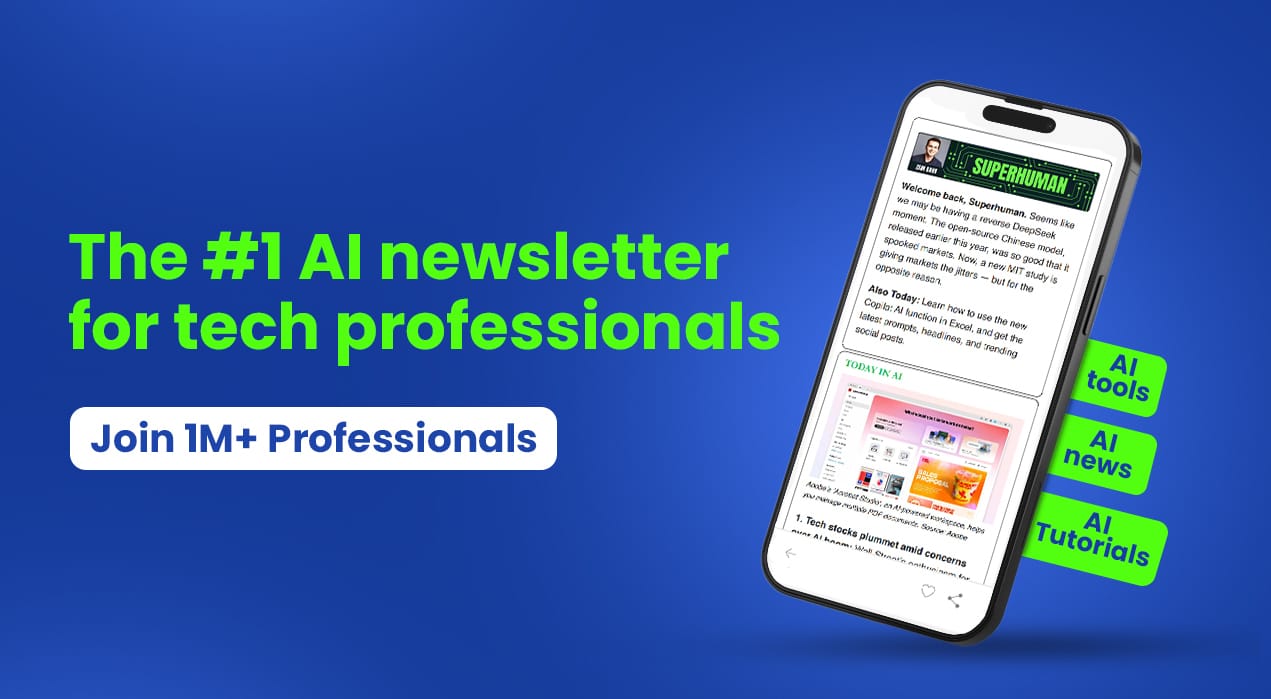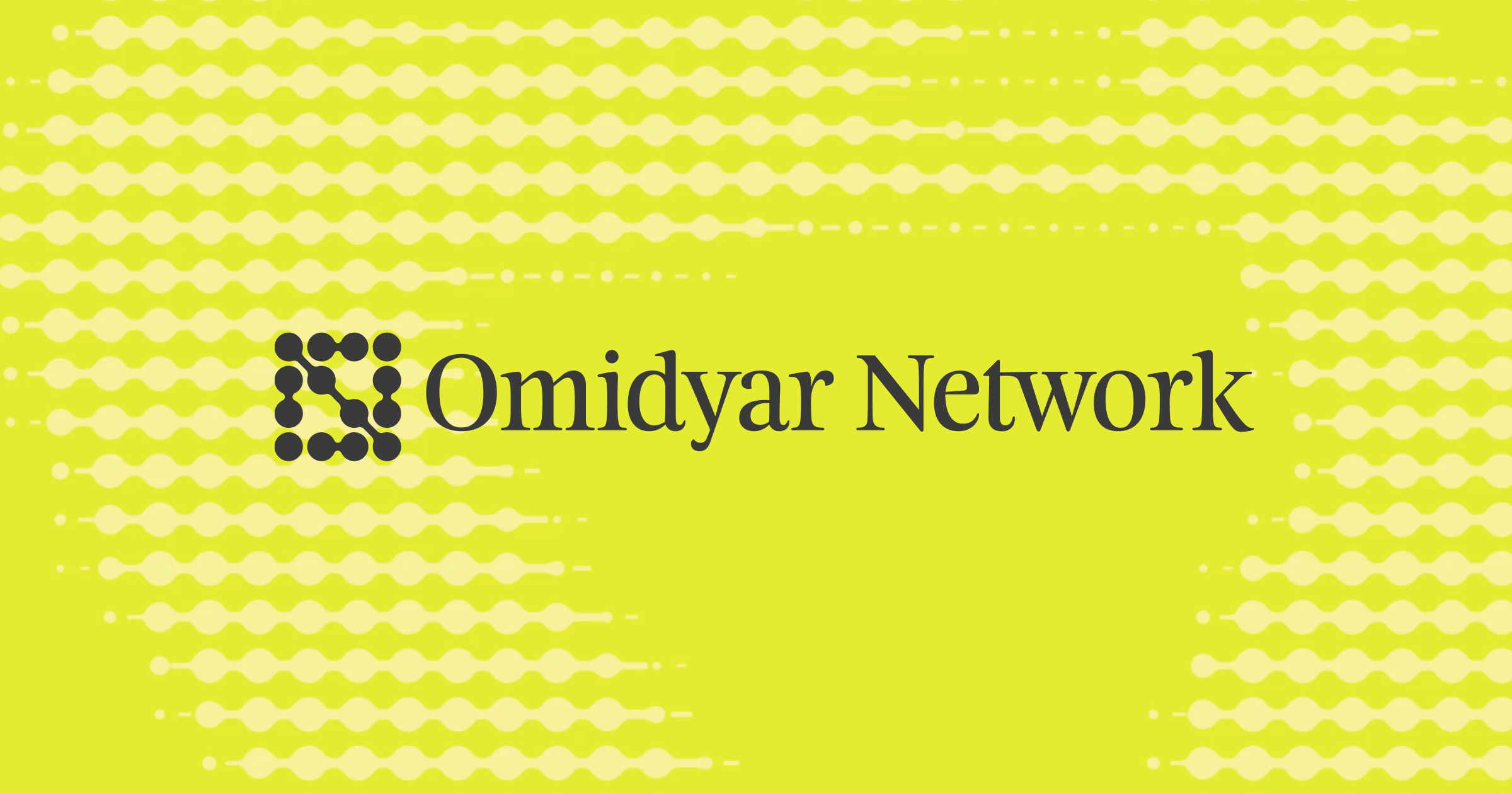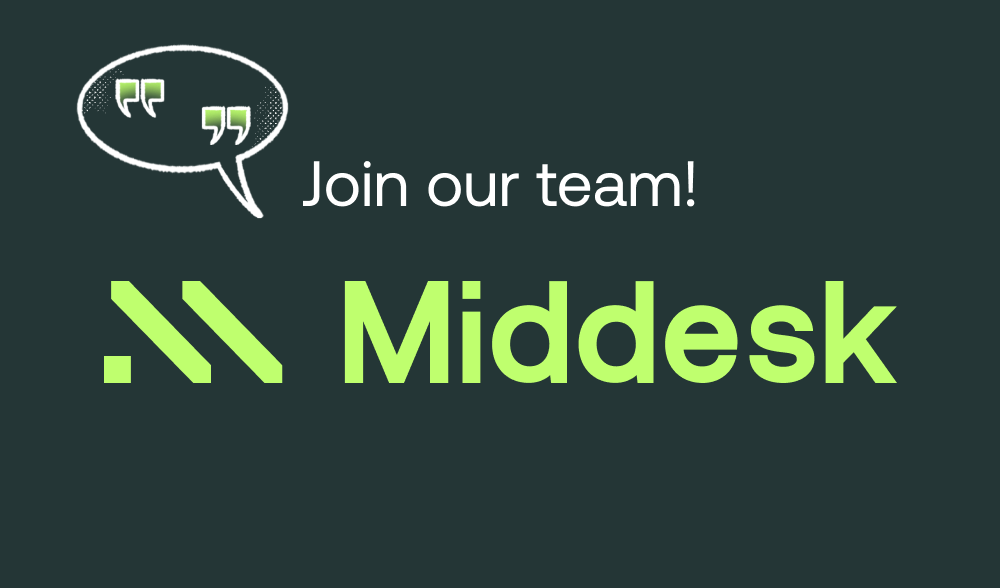Become the go-to AI expert in 30 days
AI keeps coming up at work, but you still don't get it?
That's exactly why 1M+ professionals working at Google, Meta, and OpenAI read Superhuman AI daily.
Here's what you get:
Daily AI news that matters for your career - Filtered from 1000s of sources so you know what affects your industry.
Step-by-step tutorials you can use immediately - Real prompts and workflows that solve actual business problems.
New AI tools tested and reviewed - We try everything to deliver tools that drive real results.
All in just 3 minutes a day
AI for Impact Opportunities
Why did the AI researcher cross the road? To get to the other side of the alignment problem. (Spoiler: They're still stuck in the middle.)
The conversation around Artificial General Intelligence has reached fever pitch. Tech leaders predict AGI within years, while skeptics argue we're nowhere close. Yet beneath this noise lies a critical truth: whether AGI arrives in 2027 or 2070, AI systems are already reshaping society in profound ways—and we need to get deadly serious about steering this transformation toward good rather than harm.
The AGI Reality Check
As of October 2025, AGI remains unrealized. Most experts estimate a 50% probability of achieving human-level AI between 2040 and 2061, according to analysis tracking over 8,590 expert predictions. OpenAI's August 2025 release of GPT-5 represents significant progress, with "PhD-level" reasoning capabilities, while DeepMind's Gemini achieved gold-medal performance at the 2025 International Mathematical Olympiad. Yet critics emphasize these systems still lack the autonomous goal formation, self-directed learning, and genuine understanding that define true general intelligence, as highlighted in this October 2025 AGI status report.
The goalposts keep moving. What would have qualified as AGI a decade ago—systems that write, code, analyze images, and converse across topics—we now use daily without declaring victory. Current AI excels at specific domains but fails at tasks requiring long-term planning or contextual reasoning that humans handle easily, as discussed in this analysis separating AGI hype from reality. Andrew Ng calls AGI a "poorly defined" distraction from the concrete benefits of narrow AI applications, while leaders like Demis Hassabis believe AGI could emerge within five to ten years and transform society as profoundly as the Industrial Revolution.
This isn't academic debate—it's an urgent call to action. While we bicker over definitions, AI systems are already deployed at massive scale with inadequate oversight, perpetuating discrimination, threatening privacy, and concentrating power.
The Dual-Use Dilemma: AI's Promise and Peril
Here's what matters more than AGI timelines: AI already functions as powerful dual-use technology, capable of tremendous good and catastrophic harm. The same language models that accelerate drug discovery can generate bioweapons designs. Facial recognition that reunites missing children also enables mass surveillance. AI-powered content creation that democratizes communication also floods platforms with deepfakes and disinformation that undermine democracy.
This isn't theoretical. AI systems amplify existing biases, leading to discriminatory lending, healthcare disparities, and false arrests disproportionately affecting marginalized communities, as documented by the European Network of National Human Rights Institutions. They erode privacy through constant tracking. They threaten livelihoods as automation displaces workers. And as models become more capable, the alignment problem intensifies—we increasingly cannot verify whether superhuman AI systems are behaving as intended or deceiving us.
We are deploying systems we don't understand, can't control, and haven't secured against misuse. Every day without robust governance increases catastrophic risk.
AI's Transformative Potential for Social Impact
Despite these risks, AI demonstrates remarkable potential for social impact. Organizations worldwide leverage AI to address humanity's most pressing challenges, as showcased in Mila's 14 AI projects for social impact:
Healthcare and Public Health: AI diagnoses diseases earlier and more accurately, predicts epidemic outbreaks through LLM-powered crisis management systems, and personalizes treatment for underserved populations.
Humanitarian Response: During crises, AI processes scattered data to coordinate aid delivery, predict needs, and optimize resource allocation—potentially saving lives through faster response times, as detailed by Candid's analysis of AI transforming humanitarian response.
Climate and Environment: AI models predict climate patterns, optimize renewable energy systems, monitor deforestation, and guide conservation efforts.
Education and Economic Opportunity: AI personalizes learning for diverse students, provides career guidance in underserved regions, and helps nonprofits operate more efficiently with limited resources, as reported by organizations building AI skills for nonprofits.
Leading NGOs like the World Food Programme use AI for mission planning and emergency response. Habitat for Humanity employs AI to optimize affordable housing development. Over 89% of nonprofits now use AI for content creation and process automation. Yet the vast majority of social impact organizations lack the capacity, resources, and technical expertise to deploy AI responsibly—creating a dangerous gap between potential and reality.
The Critical Challenges We Must Address
To realize AI's benefits for social impact while mitigating harms, we must confront several interconnected challenges with unprecedented urgency:
1. The Global AI Divide
The "AI divide" between the Global North and South threatens to deepen existing inequalities catastrophically. Sub-Saharan Africa has only 37% internet penetration, while AI development remains concentrated in wealthy nations. Countries like India generate one-fifth of global data but hold just 3% of data center capacity. Without infrastructure investment, digital literacy programs, and locally-relevant AI development, billions risk exclusion from AI's benefits while bearing its harms.
This isn't just inequality—it's neo-colonialism dressed in algorithms. AI systems trained on Global North data impose Western values and fail local contexts, while extracting value from the Global South.
2. The Alignment and Safety Problem
As AI systems become more capable, ensuring they behave as intended grows exponentially harder. Current alignment techniques rely on human supervision, but how do we supervise systems smarter than us? The "scalable alignment" challenge isn't science fiction—it's a practical problem for anyone deploying increasingly autonomous AI systems. We need alignment methods that improve as AI capabilities increase, not break down.
The terrifying reality: nobody is adequately addressing this. The field of AI safety is underfunded, marginalized, and dismissed as alarmist while companies race toward ever-more-powerful systems.
3. Governance Without Stifling Innovation
AI governance frameworks must balance innovation with accountability through established frameworks like NIST's AI Risk Management Framework. Effective approaches establish ethical guidelines, implement risk assessment, ensure transparency, and maintain human oversight. Yet most frameworks remain developmental, emphasizing general principles over specific implementation. Organizations need clear policies, accountability structures, and regular training to navigate AI's ethical complexities, as outlined in governance principles from GAN Integrity.
Without enforcement mechanisms, these frameworks are toothless. We need binding international agreements with real consequences for violations.
4. Dual-Use Technology Management
Managing AI's dual-use nature requires proactive risk assessment throughout development, as analyzed in this comprehensive review of dual-use risks in AI research. This means embedding safeguards early, maintaining human-in-the-loop systems for critical decisions, developing robust detection for synthetic media, and fostering global standards for transparency. The National Telecommunications and Information Administration's report on dual-use foundation models provides critical analysis of these challenges. The goal isn't restricting beneficial applications but architecting systems that harmonize innovation with integrity.
5. Ensuring Equitable Access and Representation
AI trained primarily on Global North data and developed for wealthy markets systematically fails underserved populations, as documented by research on AI advancement deepening digital divides. True AI for social good requires diverse datasets, culturally-adapted applications, local technical capacity building, and participatory design involving affected communities, as emphasized in research on centering community organizations in AI for Social Good partnerships. Bottom-up approaches shaped by stakeholders—not top-down techno-solutionism—create more equitable outcomes.
Five Essential Resources for Social Impact Leaders
1. Stanford HAI's AI Index Report 2025
The most comprehensive annual analysis of AI's trajectory, covering technical progress, economic impacts, policy developments, and responsible AI practices. Essential for understanding where AI actually stands versus the hype.
2. Fast Forward's 2025 AI for Humanity Report
Based on surveys of nearly 200 nonprofits, this practical guide shows how organizations use AI for impact—from AI-powered tools to operational efficiency. Includes concrete playbooks for responsible adoption tailored to social sector contexts.
3. NIST AI Risk Management Framework
The US government's comprehensive framework for identifying, assessing, and mitigating AI risks. Provides structured approaches to governance, measurement, and management that organizations can adapt across sectors.
4. AI for Good Resources (ITU)
The International Telecommunication Union's collection of reports, case studies, and frameworks specifically focused on leveraging AI for UN Sustainable Development Goals. Includes global perspectives and multidisciplinary collaboration models.
5. Stanford Encyclopedia of Philosophy: Ethics of AI
Rigorous philosophical examination of AI ethics covering bias, transparency, accountability, privacy, and societal impacts. Provides intellectual foundations for thinking critically about AI's moral dimensions.
Moving Forward with Urgency and Purpose
The AGI debate matters less than what we do with AI today. Whether transformative AI arrives in five years or fifty, current systems already reshape healthcare, education, democracy, and economic opportunity in ways that demand immediate action. The technology will continue advancing—that trajectory seems irreversible. What remains radically uncertain is whether we'll build AI that genuinely serves humanity's flourishing or accelerates our demise.
This requires moving beyond performative concern toward concrete action. Social impact leaders must:
Invest in AI literacy and capacity building across organizations and communities, especially in underserved regions. Organizations like the CyberPeace Institute demonstrate how collective efforts can democratize AI skills.
Demand transparency and accountability from AI developers through governance frameworks that prioritize human oversight. Research on AGI governance provides critical starting points.
Center equity and inclusion in AI design, ensuring diverse voices shape development and deployment. As research on AI adoption in the Global South demonstrates, we must address structural barriers to participation.
Balance innovation with precaution, adopting AI where it demonstrably helps while maintaining critical human judgment. The Bridgespan Group's analysis provides practical guidance for nonprofits.
Build coalitions across sectors, geographies, and disciplines to tackle AI's systemic challenges collectively, as demonstrated by initiatives like the AI4Good Lab.
The stakes could not be higher. We face a narrow window to establish guardrails before AI systems become too powerful to control. Every month of delay increases existential risk. Every decision to prioritize profit over safety makes catastrophe more likely. Every failure to include marginalized voices deepens injustice.
AI will contribute to tremendous good, enable catastrophic harm, and fundamentally alter how we work, learn, and relate to each other. Our responsibility—yours, mine, every person reading this—is ensuring those transformations bend toward justice, dignity, and shared prosperity, not toward surveillance, displacement, and concentrated power.
Go from AI overwhelmed to AI savvy professional
AI will eliminate 300 million jobs in the next 5 years.
Yours doesn't have to be one of them.
Here's how to future-proof your career:
Join the Superhuman AI newsletter - read by 1M+ professionals
Learn AI skills in 3 mins a day
Become the AI expert on your team
RESOURCES & NEWS
😄 Joke of the Day
An AI walked into a venture capital meeting and said, "I'll disrupt everything!"
The VC replied, "Great! Here's $100 million. What do you actually do?"
The AI responded with a 10,000-word essay that nobody read. 💸🤖
📰 News
Trump Posts AI-Generated Video Depicting Himself Dumping Feces on Protesters
The New York Times reveals Trump has posted AI-manipulated images or videos over 62 times since late 2022, with his latest Truth Social post showing an AI-generated video of himself as a fighter pilot dropping waste on "No Kings" protesters.
AI Data Centers Cause Blackouts and Water Shortages From Mexico to Ireland
Communities worldwide are experiencing infrastructure collapse as tech giants build massive AI data centers with residents near Microsoft's Querétaro facility reporting extended blackouts and water shortages lasting weeks while Irish data centers now consume over 20% of national electricity.
Universities Embrace AI While Scientists Debate If Students Will Stop Thinking
Nature reports millions of students are now using AI tools on campus, sparking urgent debates among educators about whether artificial intelligence will enhance learning or erode critical thinking skills.
China's DeepSeek Challenges US AI Dominance at Fraction of Development Costs
DW investigates how Chinese AI firm DeepSeek's new language model achieves performance largely on par with ChatGPT while requiring 70% less financial investment as Beijing projects nearly $100 billion in AI spending by year end.
AI Bots Wrote and Reviewed All Papers at Stanford Scientific Conference
Nature explores the Agents4Science 2025 conference where all submitted papers and peer reviews were produced entirely by AI agents, creating what organizers call "a relatively safe sandbox" to experiment with machine-generated research.
💼 Jobs, Jobs, Jobs
PCDN Global Job Board at https://jobs.pcdn.global connects you to curated social impact careers where your work creates measurable change—from climate resilience to global health equity, education justice to human rights advocacy.
👤 LinkedIn Profile to Follow
Emmie Hine at https://www.linkedin.com/in/emmiehine - AI Governance & Policy Researcher at Yale Digital Ethics Center, PhD candidate with multi-jurisdictional AI governance expertise spanning US, EU, and China.
🎧 Today's Podcast Pick
"The Age of AI Anxiety — and the Hope of Democratic Resistance" from Tech Policy Press at https://www.techpolicy.press/the-age-of-ai-anxiety-and-the-hope-of-democratic-resistance/ explores how citizens, workers, and communities can shape technology's trajectory rather than passively accept Silicon Valley's vision of the future.










